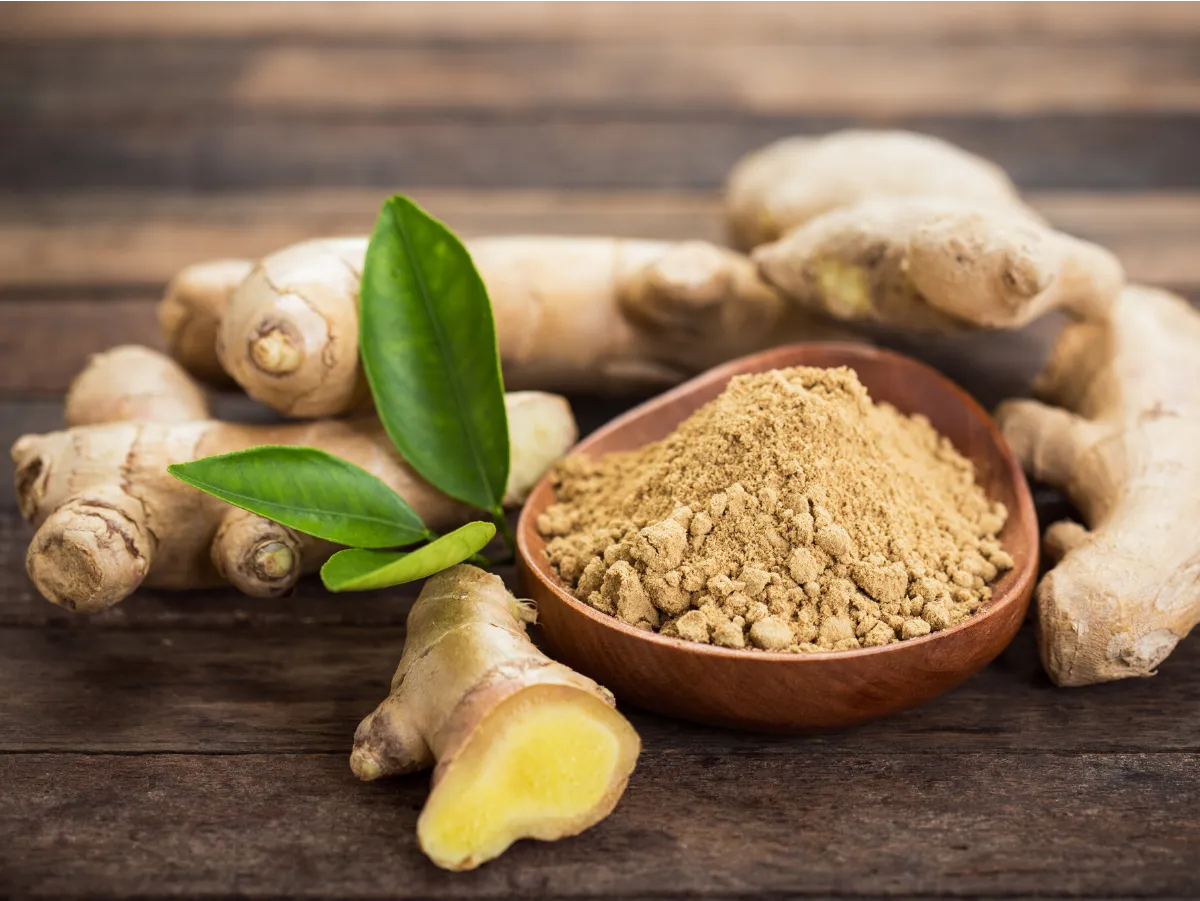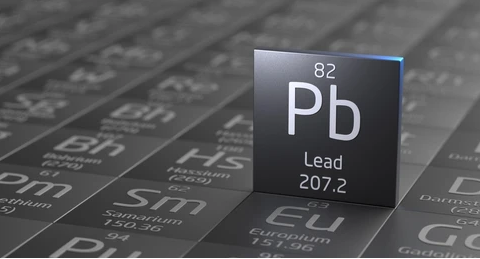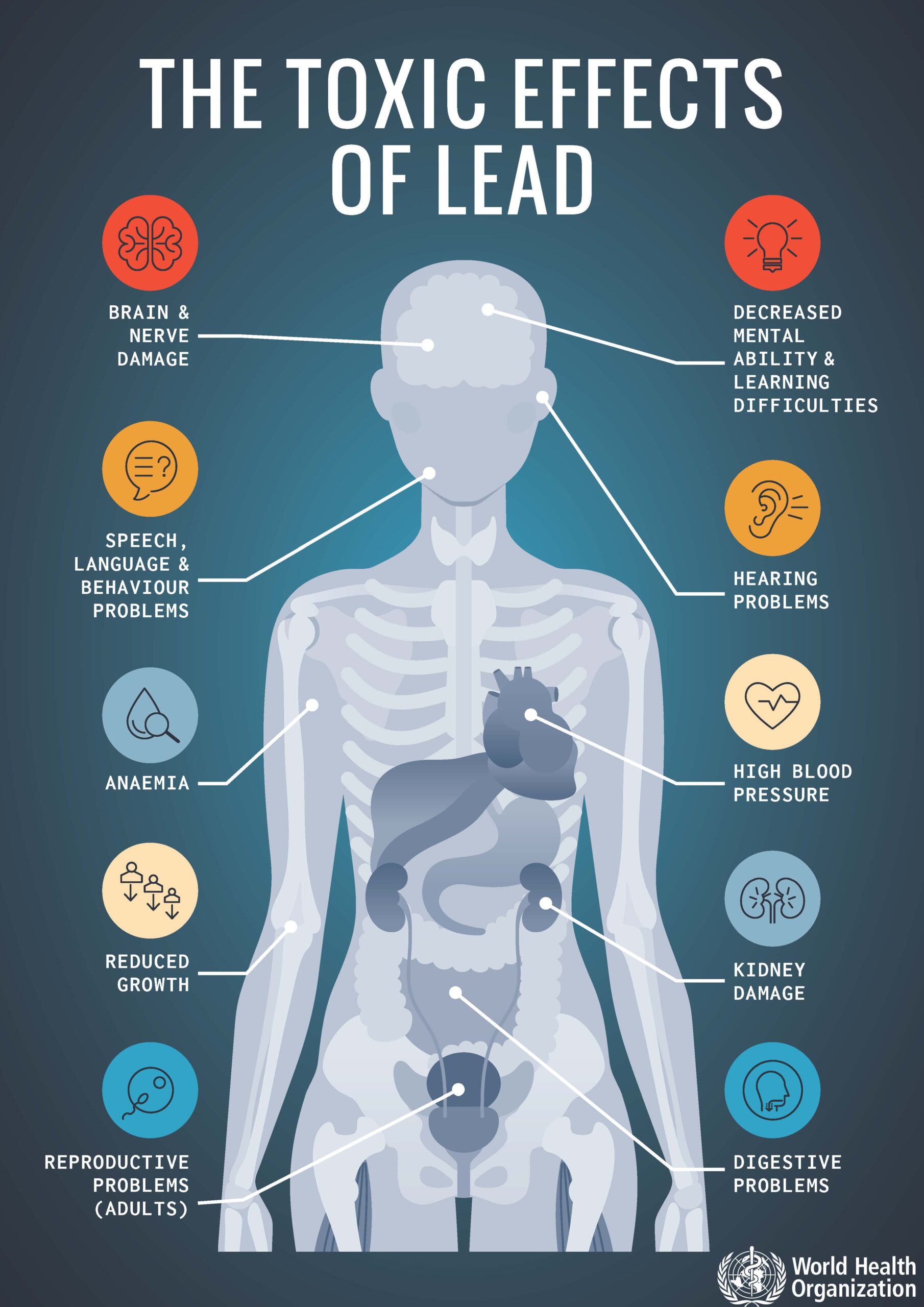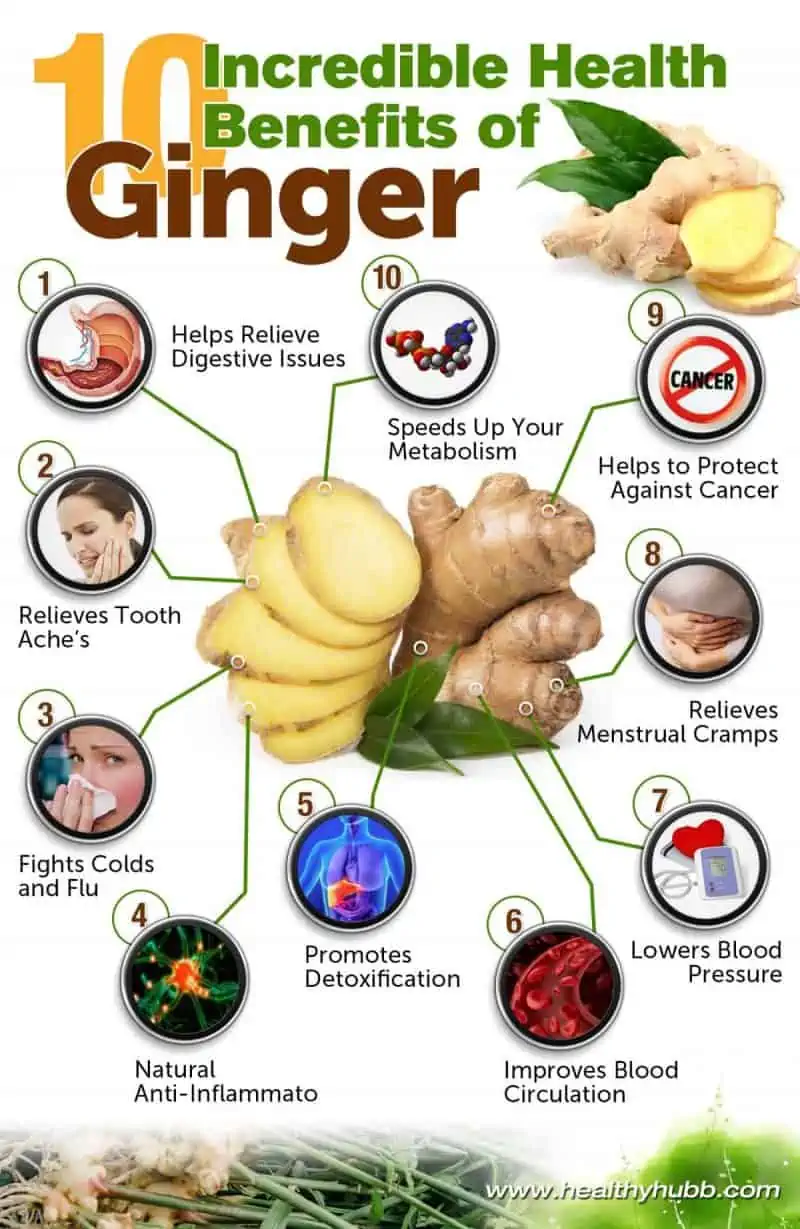
Ginger is a plant recognized for its anti-inflammatory and analgesic capabilities, and such a botanical has been suggested to manage pain.1 Considering that North America has been experiencing an opioid epidemic, such alternatives to pain management has become an increasingly appealing, safe, and cost-effective option. However, ginger has particular vulnerabilities from the environment it is grown in, such as heavy metals, which could be passed down to individuals consuming said botanical. The following will consider the same in greater detail.

Heavy metal contamination of soils used in agriculture has become a problem of critical nature, ultimately affecting food safety.2 Furthermore, the global propagation of heavy metals has been steadily increasing over the past few centuries, which are indiscriminately toxic to animals, humans, and plants.2(153) Lead, a heavy metal also known as Pb, is one of the oldest occupational toxins, having been produced as far back as 5000 years ago.3 Pb has become a predominant contaminant in soil finding its origins from rapid industrialization and uncontrolled use of pest control agents and chemical fertilizers.2(153) As such, the following will explore Pb in greater detail and its effects on human physiology.

Pb is particularly problematic on human health; at excessively high levels, Pb is an abortifacient (inducing abortion) when blood concentrations exceed 10 ug/100 ml. Low semen volume, low libido, low sperm counts, and low sperm motility has occurred in males when Pb levels reached 5-9 ug/100 ml.3(349) Acute encephalopathy, or brain damage, has been found to occur when Pb concentrations reach 80-100 ug/100 ml.3(349) At-risk individuals might suspect exposure if symptoms such as coma, drowsiness, convulsions, confusion, headaches, agitation, or irritability are present.3(239) Ultimately, researchers have concluded there is likely no safe level, or benefit, from exposure of Pb in the body.4

Ginger (Zingiber officinale) is a plant which has been grown for centuries in subtropical and tropical regions such as Korea, China, Malaysia, and India.2(154) Said plant has been used as a herbal intervention to manage infectious diseases, fever, indigestion, vomiting, and general pain.2(154) As Chen et al2(154) noted, despite the wide-reaching uses of ginger, only a modicum of studies have examined the heavy metal profiles of ginger.2(154) Such exposure to Pb negatively affects said plant’s growth, morphology, photosynthesis, enzyme activity, and mineral content.2(159) Most relevantly, Pb present in ginger is passed on to individuals consuming it.
In conclusion, ginger is a plant recognized for its anti-inflammatory and analgesic capabilities, and such a botanical has been suggested to manage pain. Considering that North America has been experiencing an opioid epidemic, such alternatives to pain management has become an increasingly appealing, safe, and cost-effective option. However, considering the ubiquity of heavy metals, such as Pb, in the soil, and the tendency for ginger to absorb and accumulate Pb, caution should be taken when considering ginger for therapeutic use, especially when consumed in high doses.
References
1. Rondanelli M, Riva A, Allegrini P, et al. The use of a new food-grade lecithin formulation of highly standardized ginger (Zingiber officinale) and Acmella oleracea extracts for the treatment of pain and inflammation in a group of subjects with moderate knee osteoarthritis. J Pain Res. 2020;13:761-770. doi:10.2147/JPR.S214488.
2. Chen Z, Xu J, Xu Y, et al. alleviating effects of silicate, selenium, and microorganism fertilization on lead toxicity in ginger (Zingiber offivinale Roscoe). Plant Physiol Biochem. 2019;145:1530163. doi:10.1016/j.plaphy.2019.10.027.
3. Gildow DA. Lead toxicity. Occup Med. 2015;65(5), 348-356. doi:10.1093/occmed/kqv018.
4. Sears ME, Kerr KJ Bray RI. Arsenic, cadmium, lead, and mercury in sweat: A systematic review. J Environ Public Health. 2012. doi:10.1155/2012/184745.
-Michael McIsaac
